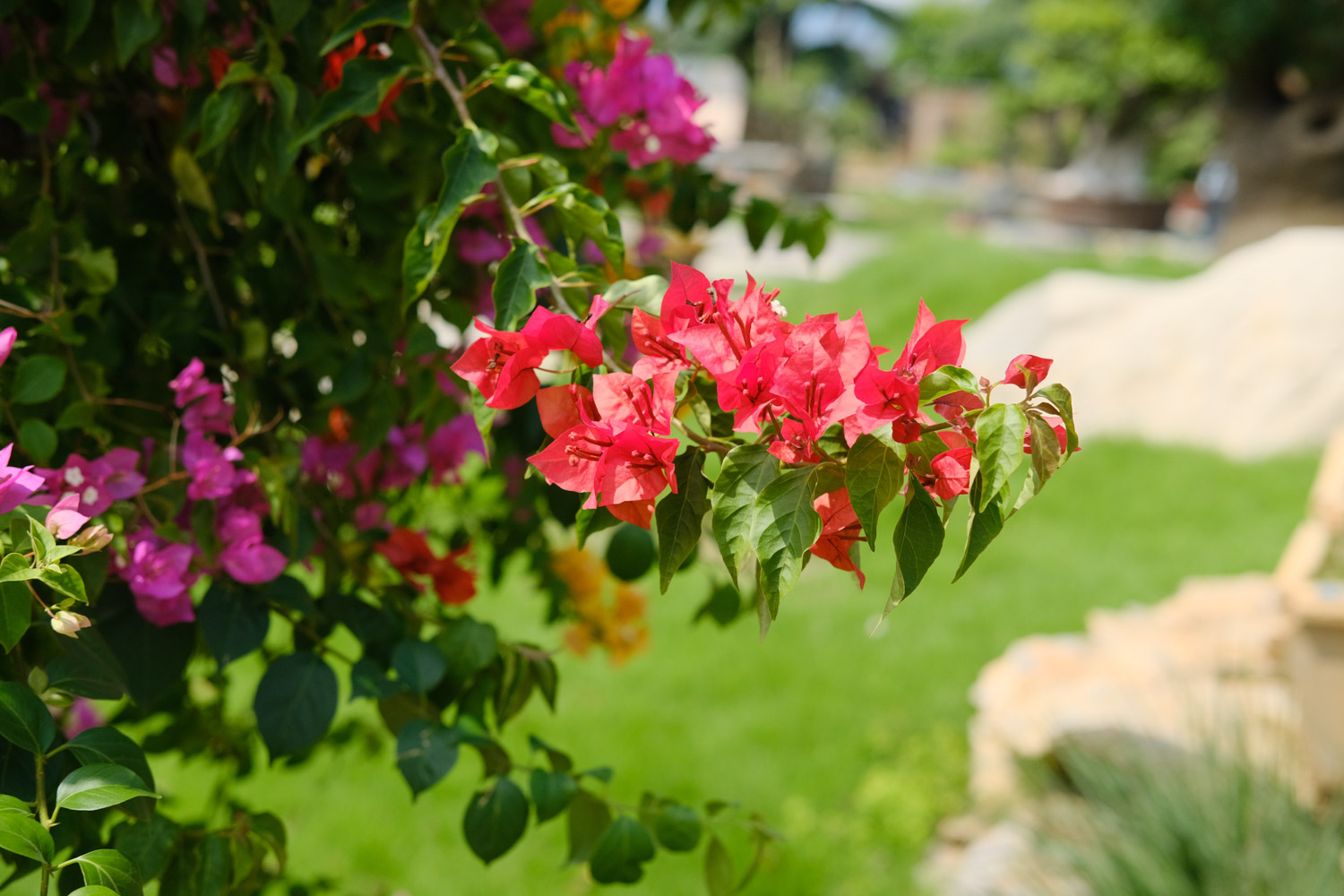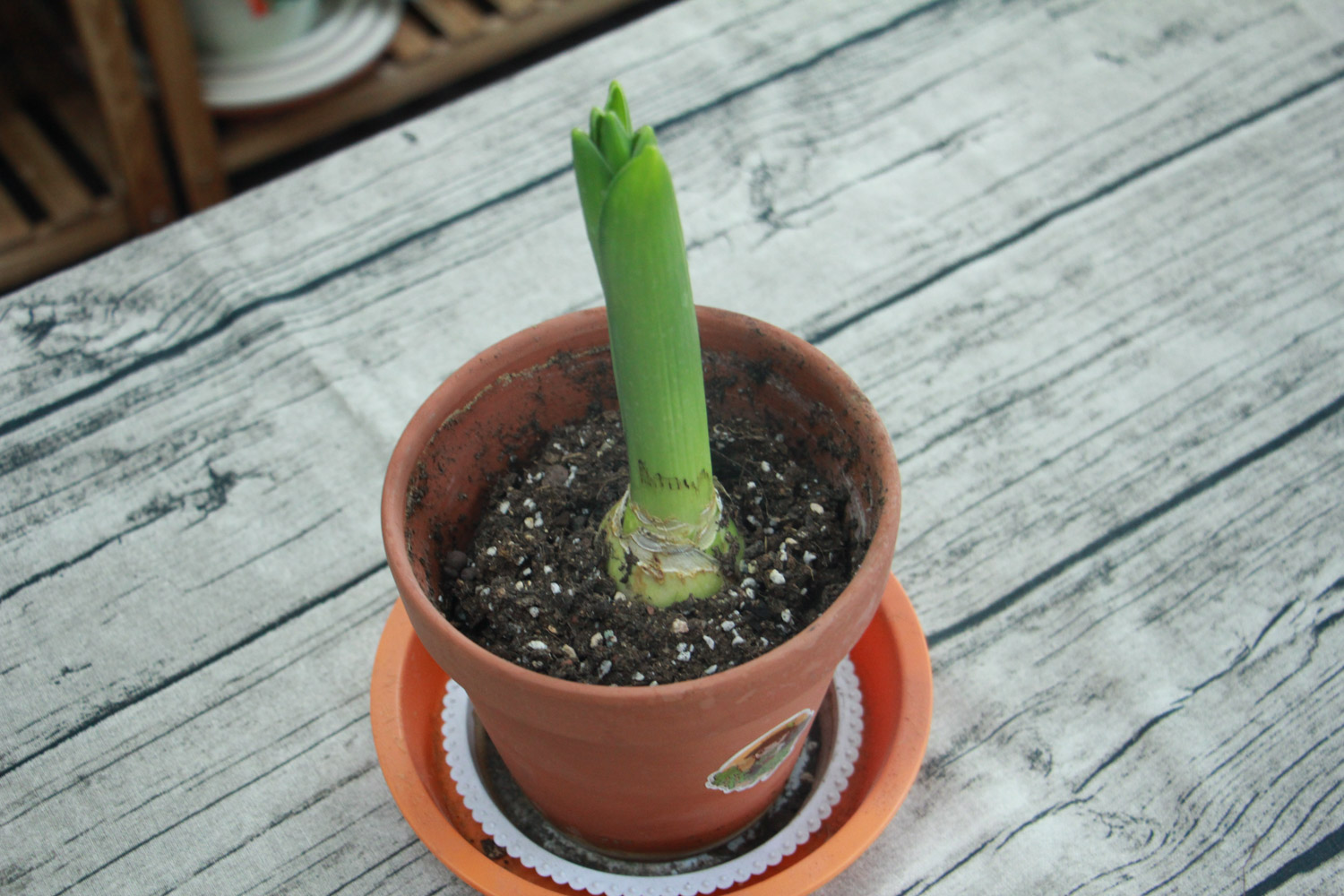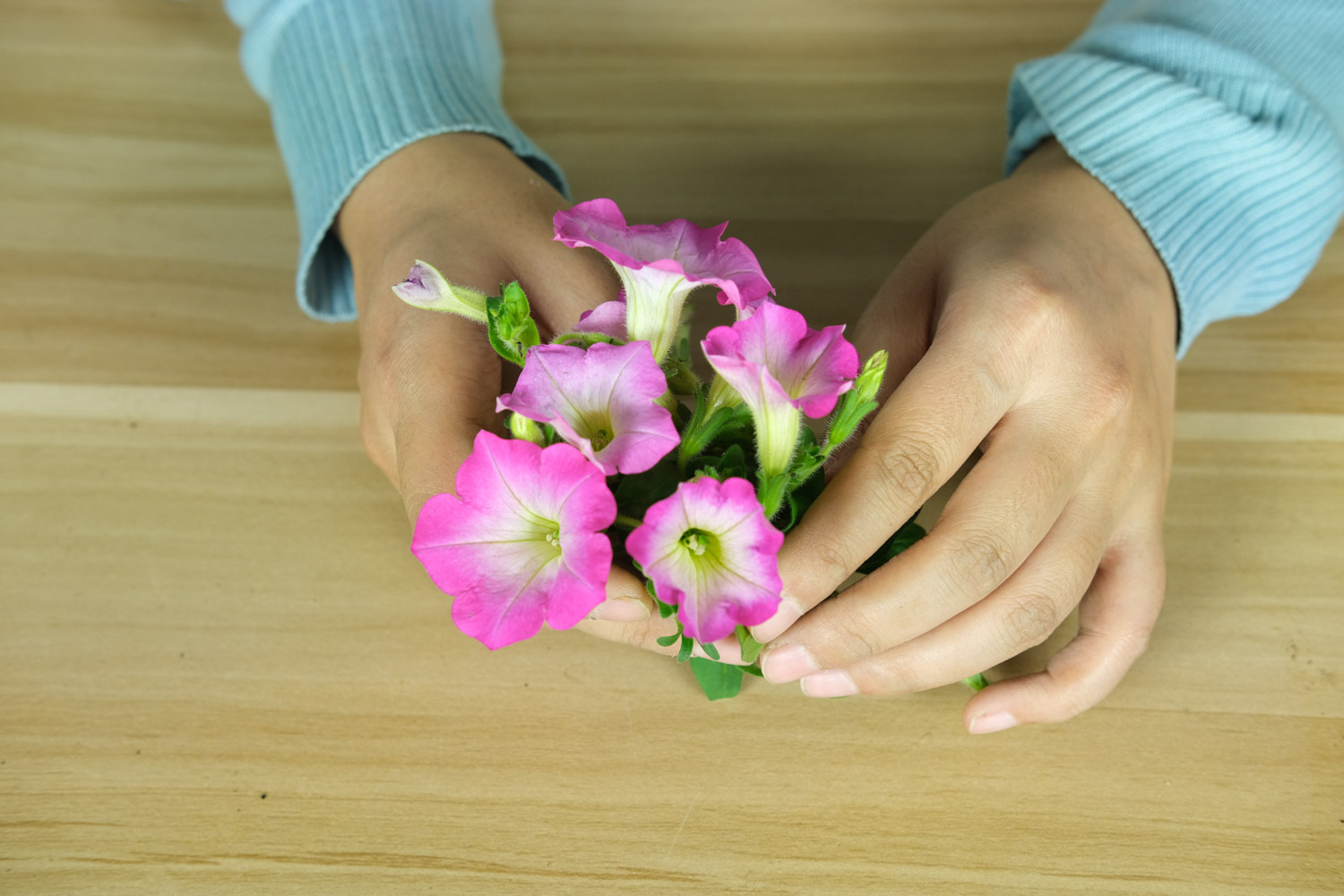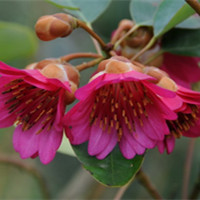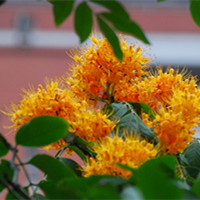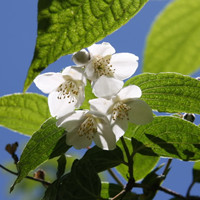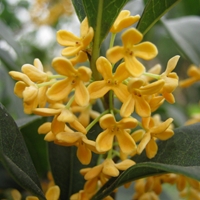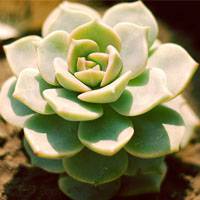Habit of white peony
White peony is an intergeneric hybrid between lotus and windmill. Like sunny environment, not resistant to cold, drought and semi shade
The suitable growth temperature is 20 ~ 25 ℃, and the growth period is summer. Watering should be done once a week in spring and autumn
Family maintenance adopts the breeding method of sowing and cutting. Common diseases and insect pests include rust and scale insects
Maintenance skills of white peony
Soil: change the basin once every two years in spring. The basin soil is a mixture of peat soil, culture soil and coarse sand, plus a small amount of bone meal. Keep the basin soil dry. When changing pots, the necrotic old roots can be cut off
Watering: moderate watering in spring and summer, controlled watering in autumn and winter. Due to the high water content in the plant, white peony is easy to rot in an excessively humid environment, so remember to water too much, and it is best to use a basin with drainage holes at the bottom. When planting, novices can choose red pottery pots with good air permeability; Glass containers absorb heat and have poor air permeability. Use with caution
Fertilization: fertilization once every 2 months in summer growth period. Thin fertilizer dominated by phosphorus and potassium. Fertilization should not be too much, otherwise the plant will grow in vain and the leaf color will not be red
Light: the more sufficient the light, the greater the temperature difference between day and night, and the brighter the color of the leaves. When the temperature permits, it is best to put it outdoors for curing to ensure sufficient light. When the light is insufficient or the soil moisture is too much, it grows in vain, the whole plant is light green or dark green, the leaves are sparse, the spacing is elongated, and the upward growth is accelerated, which seriously affects the ornamental, and may even die due to the obstruction of photosynthesis of the plant
Propagation method of white peony
Leaf insertion: lay the complete mature leaves on the moist sandy soil, with the leaf surface facing up and the leaf back facing down. There is no need to cover the soil. Place them in a cool place. In about 10 days, small leaf clusters and new roots can grow from the base of the leaves. Bury the roots in the soil, let them bask in more sun and water properly in the future, and gradually grow into a strong new plant
Cutting: tillers or top branches can be used. The length of cuttings is unlimited, but after the cutting mouth is dry, remove the lower leaves and insert them into the sand bed to avoid excessive water evaporation. Generally, rooting takes place about 20 days after cutting, and watering can be carried out after rooting; Before rooting, it is normal for the bottom leaves to wither and shrink. The roots grow well and absorb enough water, so they will recover naturally. The soil should not be too wet, otherwise the cut is easy to turn yellow and rot. When the root length is 2-3cm, the cocoa pot is changed, and the ramet is best carried out in spring


